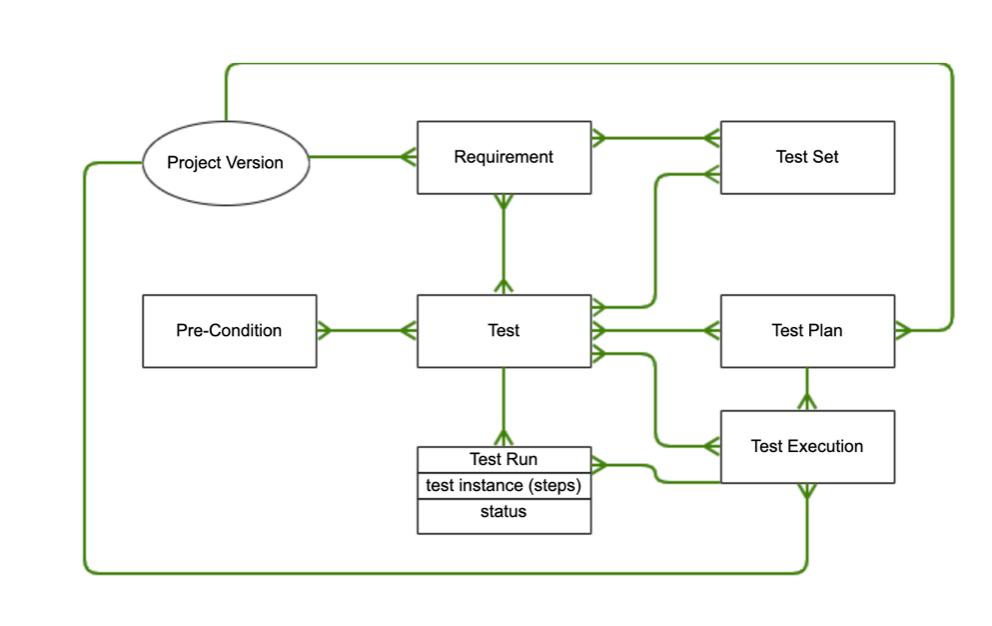Using Excel or Google Sheets to keep track of your test plans and execution results may suffice if you only have a few hundred tests, but as soon as you start to scale up to thousands - or even more - test management software is a must for maintaining sanity.
If you fail to do so, you’ll be missing significant aspects of test efficiency – out of date tests and maintenance headaches, uncertainty over which tests to prioritize or which take precedence for a given sprint, and no clue how to report on coverage when the CTO asks for the QA status. And that's just the tip of the iceberg.
If you’re in the market for test management software, you’ll know that there’s plenty to choose from. A good number of them look pretty similar on the surface, too.
We’ve stacked two of the most popular Jira test management providers against one another to help you cut through the noise. Here’s how Xray and TestRail compare.
The Stakeholder’s Guide to QA Testing
Discover how investing in QA early protects ROI, prevents costly rework, and leads to smoother launches and satisfied users.
Introducing the contenders
Xray and TestRail count some of the most successful organizations in the world amongst their users – Xray proudly claim that 137 of the Global 500 use their software, and TestRail is the platform of choice for NASA, Apple and Microsoft.
Both feature intuitive interfaces, similarly simple REST API integrations with automated testing platforms, and thorough reporting. It’s safe to say that you won’t go too far wrong using either, but there are some notable differences that could make one a better fit for your team than the other.
Pricing
One of the major differences between the platforms is their approach to pricing. Both offer different options when it comes to hosting their services via on-site servers, data centers or the cloud, but if you're a smaller business, Xray is likely to be the more cost-effective option. It affords its users a more flexible pricing structure that scales alongside your team, and it can cost as little as ten dollars a year for ten users when you host it on your own server.
TestRail, on the other hand, comes in a fair bit higher. For a team of the same size, also hosted on your own server, you’ll likely end up paying 290 dollars – per month.
Justifying the cost
What do you get for that considerable price hike, then? TestRail has a good reputation when it comes to service, support and upgrades, and it provides an arguably more thorough support experience than Xray does. It's also got a nicer-looking, better-designed interface that beats Xray's by a wide margin.
There are a few features that – depending on your needs – could also make TestRail more efficient. When it comes to test case management, TestRail has the upper hand for its inclusion of reusable test repositories. The same goes for its ability to export all test data. If you want to do the same with Xray, you’ll have to invest in the accompanying Xporter app.
Reporting-wise, it's arguably the more powerful of the two. Raise a query on just about any aspect of your test cases, runs and results, and you'll get a detailed report in return. Xray just doesn't go into quite the same level of detail.
Justifying the savings
None of the above is to say that Xray doesn’t edge TestRail out in a few crucial areas itself, though.
Chief among these is its integration with Jira. In this respect, there's no comparison with TestRail, which only allows for a basic 1:1 association of a TestRail test with a Jira ticket. Xray, by contrast, is much more deeply embedded with its Atlassian cousin. Managing individual tests becomes as much a part of the sprint as any other story or feature ticket in Jira, and can be visualized, scheduled, and manipulated in all the same ways. As a result, the process of organizing, planning, executing, re-executing and reporting on tests is far more intuitive and useful.
Support for hierarchical test organization affords users more customization when it comes to keeping track of tests, as does the ability to create custom workflows if Jira’s don’t suit your requirements.

A visualization of a customized Xray workflow
The aforementioned difference in pricing structures, too, makes for a more flexible approach to scaling your use of the app as your team grows. This might mean that it’s a better fit for smaller teams or businesses that don’t want to learn a new platform as they increase in size.
Making the right choice
Nailing down the important differences between test management providers can be tricky. In many ways, they provide very similar services. What it comes down to in this case is largely to do with the level of integration with Jira - and the flexibility of the pricing - you're after. You’ll know better than anyone (aside from your colleagues, maybe) whether those differences are important to your business. If those two criteria are anything to go by, though, Xray appears to win out.
Cost-benefit analyses and new tech adoption are never stress-free experiences, but comfort yourself with the knowledge that no matter what you choose, for all but the smallest projects you’ll be far better off with some sort of test management software than without it. Plus, your QA engineers will appreciate the help of a powerful tool in their efforts to maintain the quality of your application.




